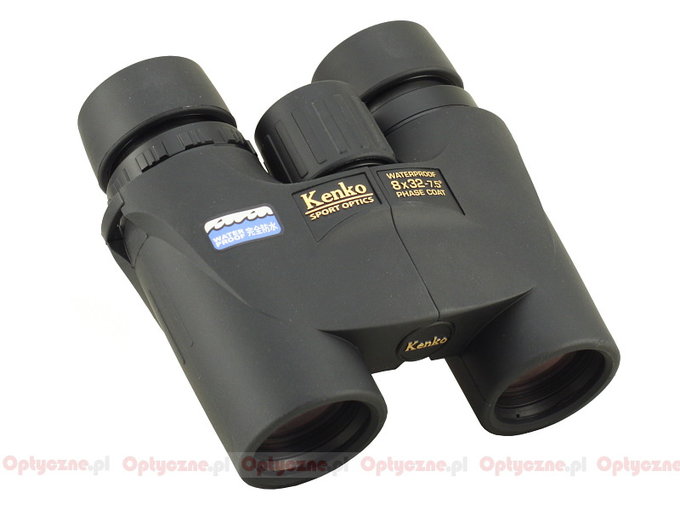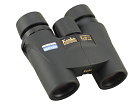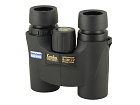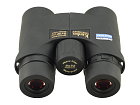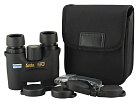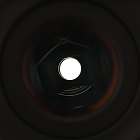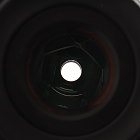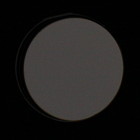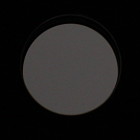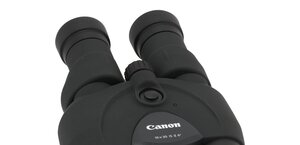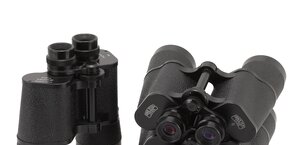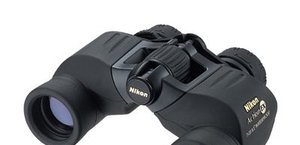Kenko 8x32 DH MS
The binoculars from this series are physically very light and compact but solidly build all the same. The barrel was made of magnesium alloys, it is waterproof and nitrogen filled. The producer boasts of using eco-friendly glass, without any lead or arsenic compounds.
The binoculars come with a 10-year-long guarantee. The buyer gets joined caps for objectives and eyepieces, a strap and a hard case included in box.
| Magnification | Lens diameter | Angular field of view | Prisms | Eye relief | Weight | Price |
|---|---|---|---|---|---|---|
| 8 | 32 | 131/1000(7.5o) | BaK-4/roof | 15.3 mm | 560 g | 1055 PLN |
Summary
Pros:
- short, lightweight, very handy barrel made of magnesium alloys,
- perfectly corrected astigmatism,
- good blackening and cleanliness inside the inner tubes,
- good quality prisms made of BaK-4 glass,
- decently corrected distortion.
Cons:
- average transmission in the blue part of the spectrum and in the middle as well,
- egg-shaped exit pupils,
- significant light fall-off on the edge of the image,
- too high coma.
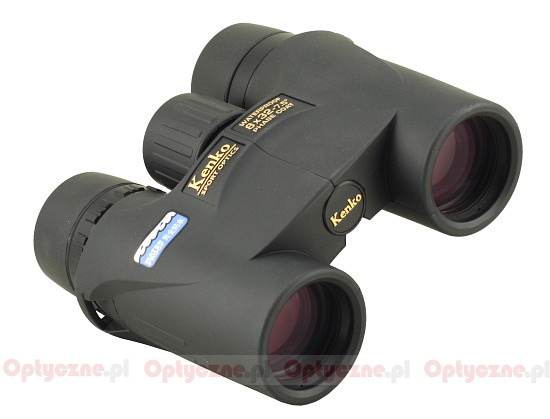 |
The first contact with the Kenko 8x32 DH MS gives almost entirely positive impressions. The casing is small, handy and, what’s important, looks really well-done; it doesn’t weigh a lot. The inscription “Made in Japan”, visible on the barrel, is undoubtedly an asset.
When we start testing it and look closely at the results, our enthusiasm is damped down a bit, though. We deal here with an instrument costing about 250 Euro after all; paying as much you can expect a lot. The binoculars, however, feature few evident strong points, plenty of average results and several slip-ups.
It’s a pity the antireflection coatings are just average. The transmission graph, presented below, shows that in the red part of the spectrum the transmission is good as it exceeds 90%. Unfortunately in the middle of the visible spectrum it reaches just above 80% and for the blue end it decreases even below that value.
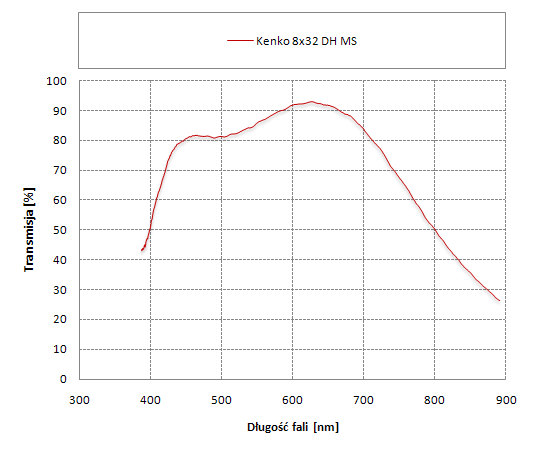 |
As a result we are not impressed either by the value of the transmission itself or by the colour rendition.
Small dimensions of the binoculars entail small prisms and egg-shaped exit pupils which make the instrument lose an additional amount of light, gathered by the objective lenses. What’s more, it also translates into a noticeable brightness loss on the edge of the field of vision.
On the other hand, though, the result of 118 points is nothing to be ashamed of. For 250 Euro we get a very decent optically, physically light and handy equipment in a very solid casing made of magnesium alloys. The warranty period of 10 years and the fact that the binoculars are produced in Japan might suggest that this purchase will last good several years of intense wear and tear without any problems.




